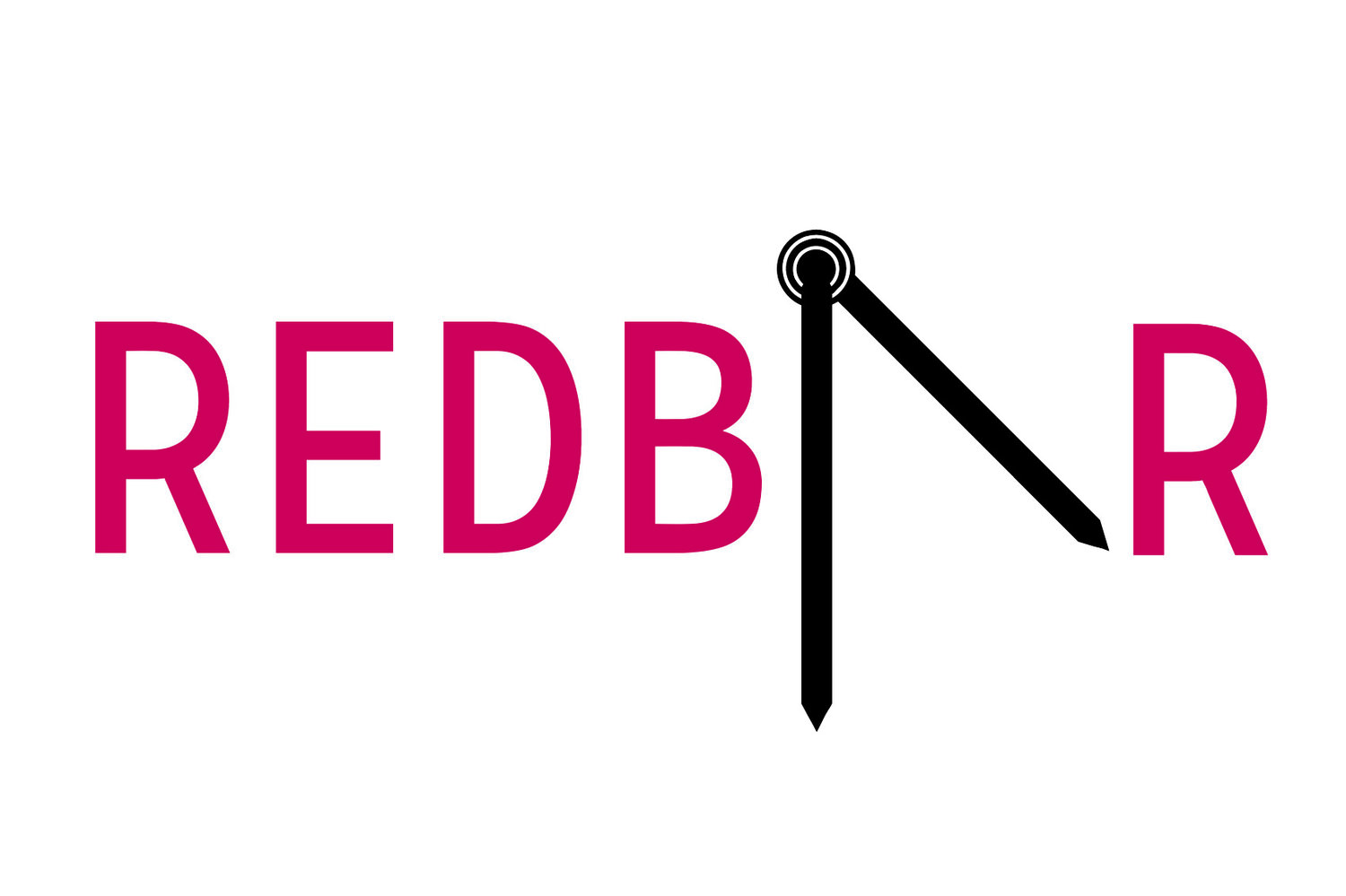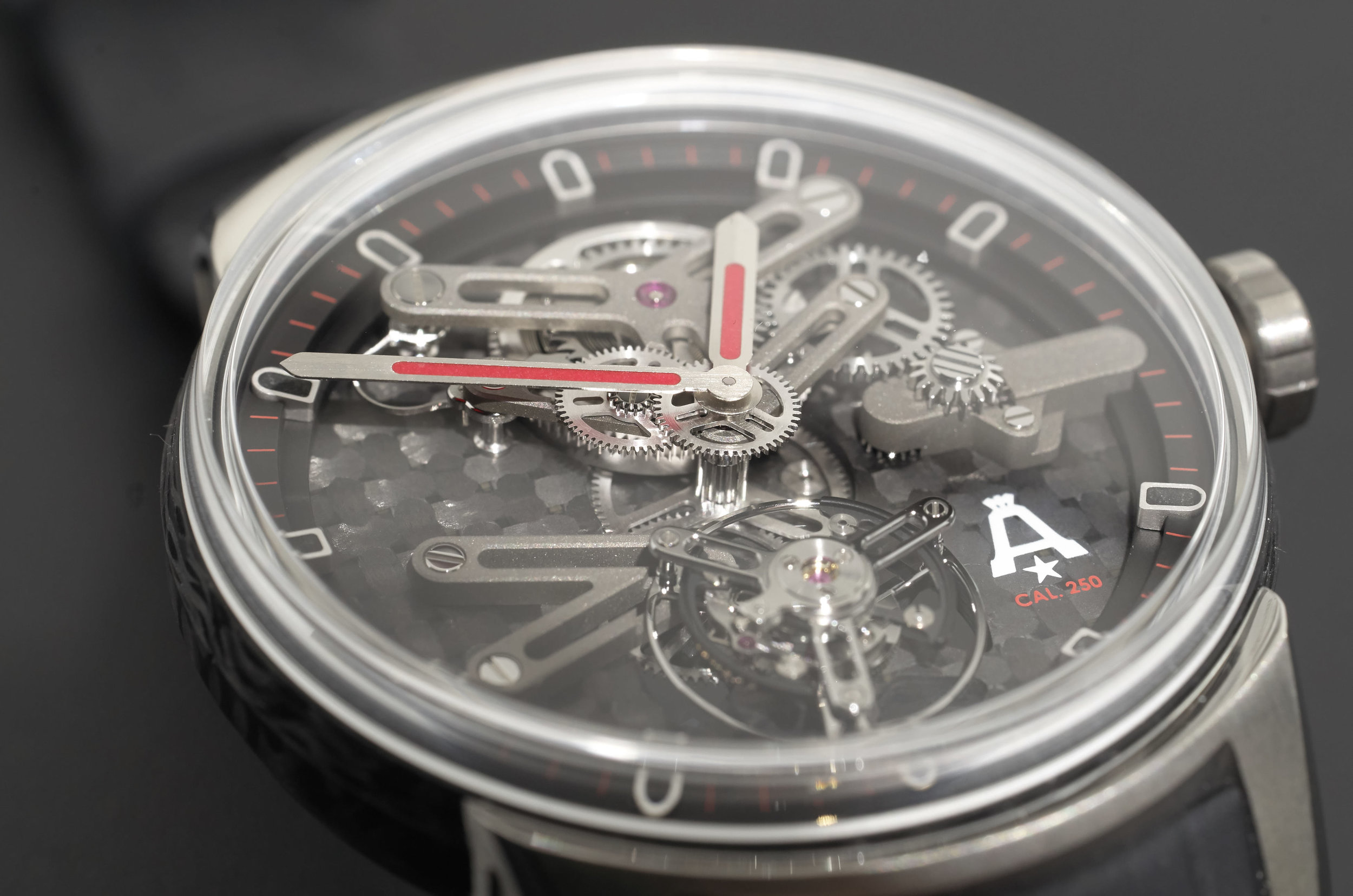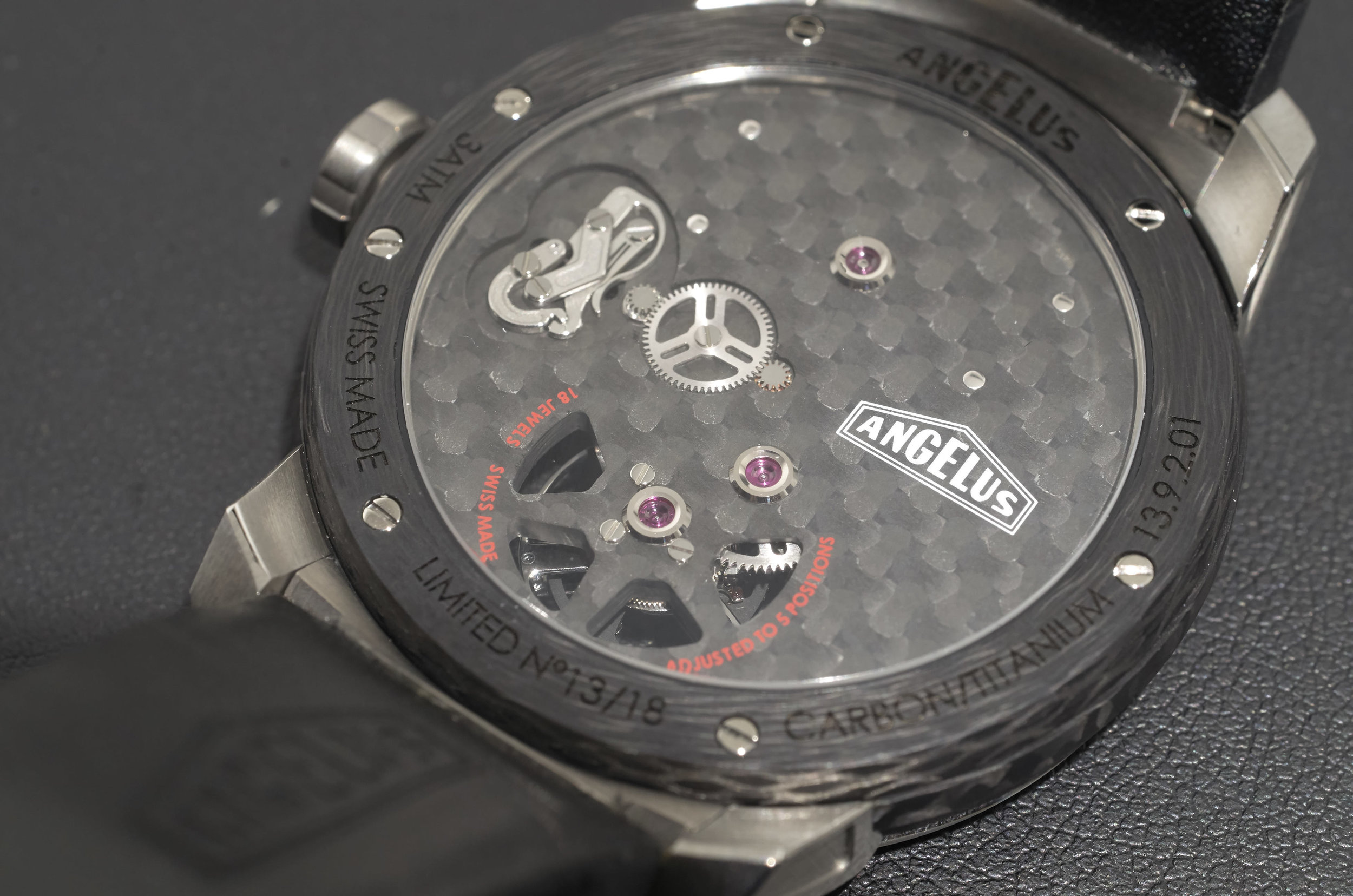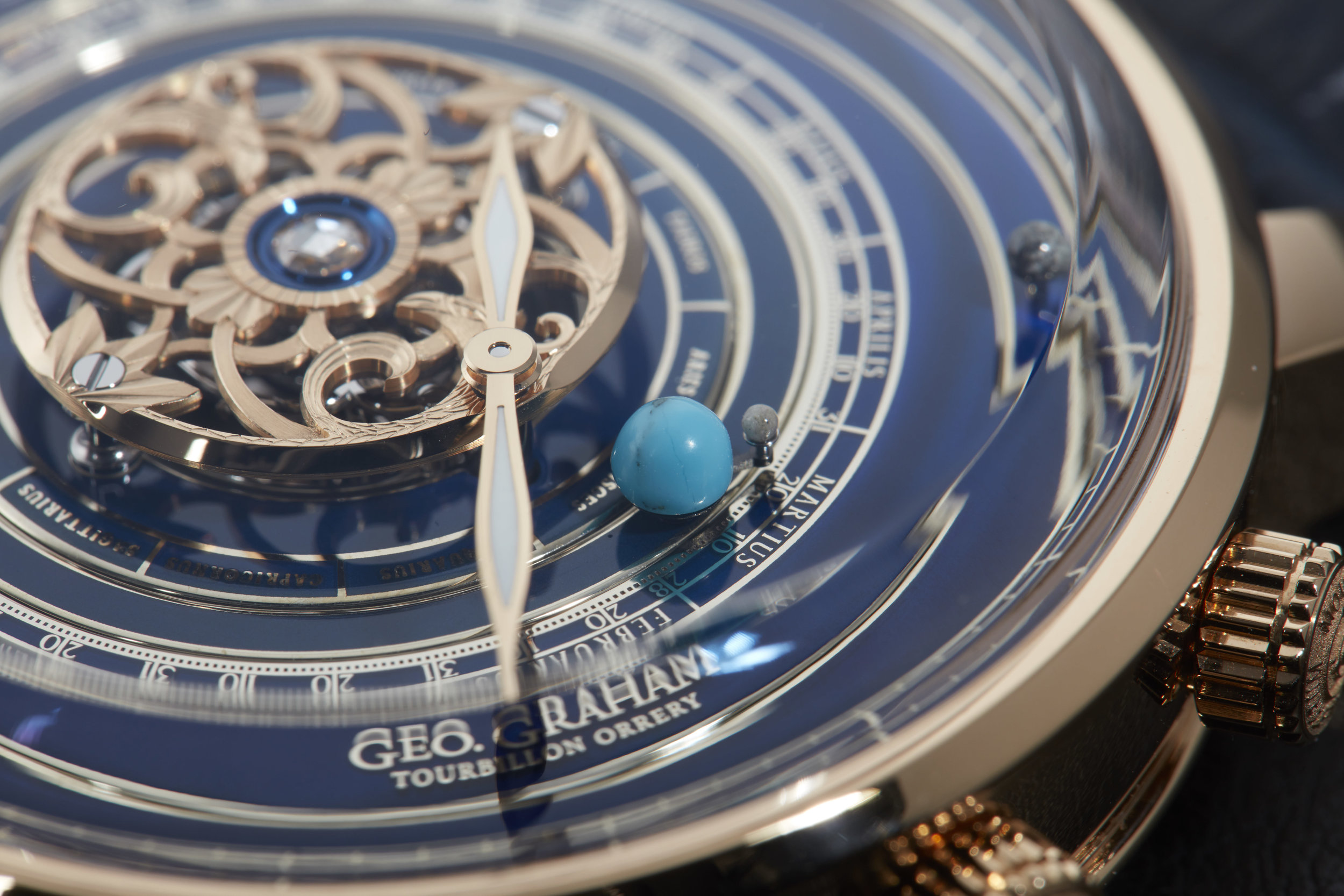Baselworld 2017: Highlights from Day Four, Part Two
Day four was full of treats for both our horological and visual senses. We had a hard time picking favorites, as we saw some great pieces from everyone we visited. That said, we sat down (over a glass of whisky, naturally) and forced ourselves to identify some highlights, so here they are - from a rare COSC-certified tourbillon to a tiny planetarium you can wear on your wrist, they're all visually and mechanically fascinating. We've been fans of Arnold & Son for a while now, and they always bring some beautifully designed and finished pieces to the show. This year, the standout for us was the Tourbillon Chronometer No. 36. Inspired by a chronometer created by John Arnold for the British Navy, this is a COSC-certified tourbillon with a sweep second hand instead of a true beat like many of Arnold & Son's other timepieces. It has a 90 hour power reserve and is beautifully finished with a sandblasted treatment and no dial so that you can gawk at the movement architecture whenever you glance at your wrist, which we imagine would be often.
Angelus came out swinging with the U22 Tourbillon in a titanium case with carbon fiber used for the mainplate. There's no bezel on the case, which gives you a look at the details of the mechanics at almost any angle. And this piece is light - though we've seen other coverage stating it's around 54 grams, we were informed by Angelus that the U22 weighs in at an ultralight 46.8 grams.
This year, Graham showed us a new version of their Geo. Graham Orrery Tourbillon, which is updated from the 2013 version with the earth made from Kingman turquoise and the moon and Mars made from meteorite fragments. The sapphire caseback informs you when you'll need to manually correct for the orbits of the moon and Mars, and includes a couple of extra discs so that you'll be able to continue to correct for 300 years (each disc covers a 100-year period with corrections for the moon every 7 years and Mars every 28.5 years). The earth's position, however, remains accurate for 1,156 years.
More Baselworld 2017 goodness to come!









